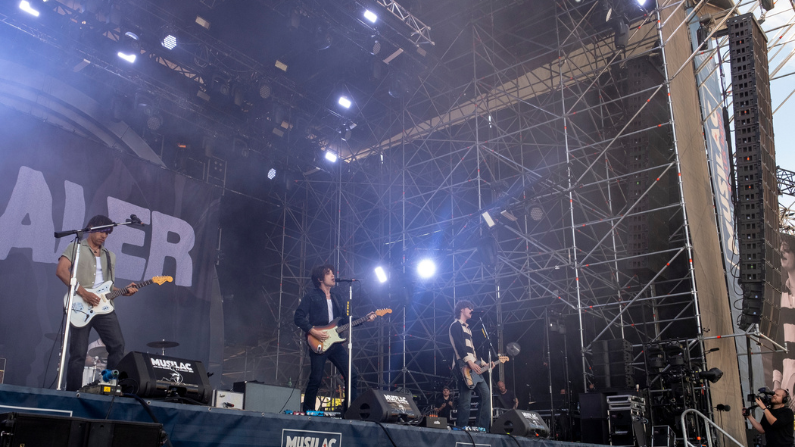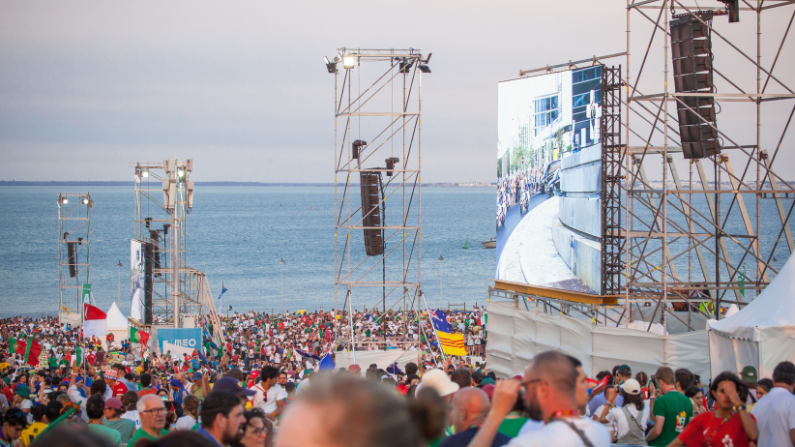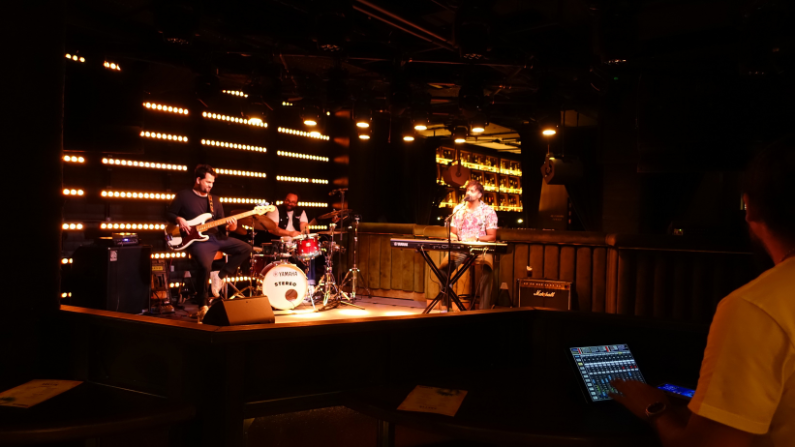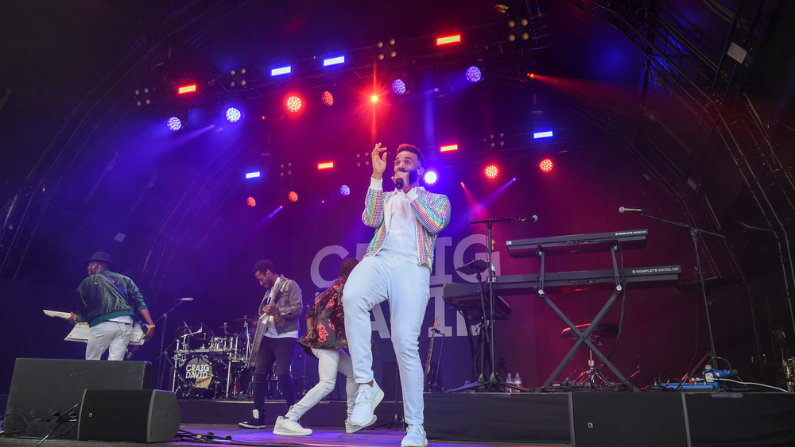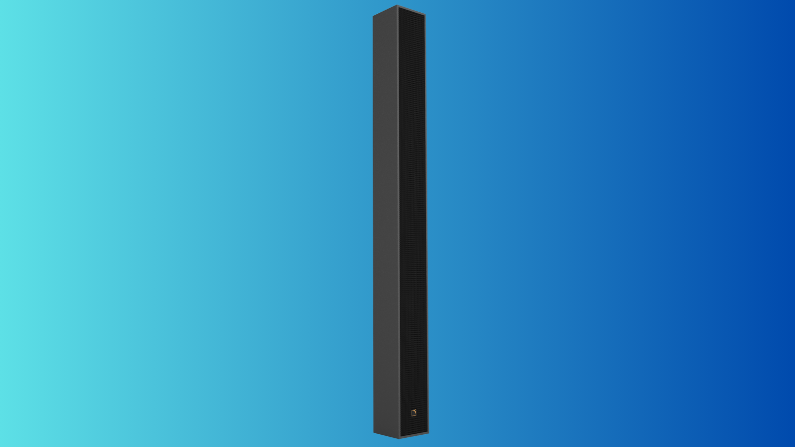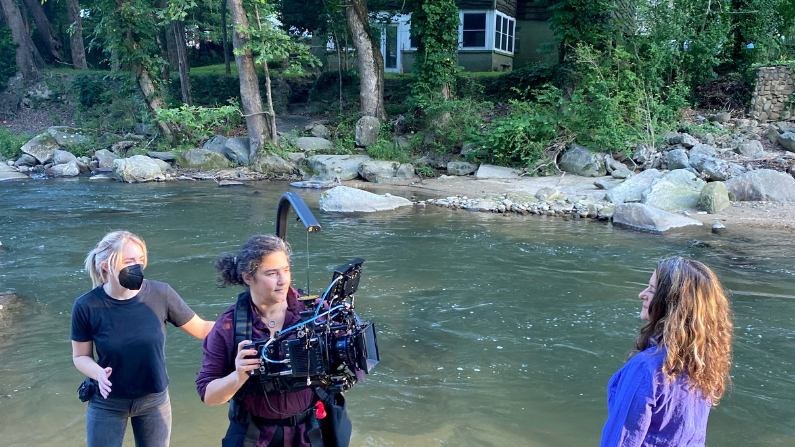Revolutionizing Classroom Broadcast Technology: The UNLV Studio Lighting Success Story In the world of broadcast technology, lighting plays a crucial role in creating the perfect visual environment. This was the challenge faced by the University of Nevada Las Vegas...
Revolutionizing Classroom Broadcast Technology: The UNLV Studio Lighting Success Story
In the world of broadcast technology, lighting plays a crucial role in creating the perfect visual environment. This was the challenge faced by the University of Nevada Las Vegas (UNLV) Studio, a standard university classroom transformed into a state-of-the-art broadcasting hub. The task was daunting: to overcome the limitations of a low ceiling and existing lighting infrastructure while ensuring top-tier broadcast quality. This editorial explores how the Fiilex Track lighting system not only overcame these challenges but set a new standard for broadcast studios in educational settings.
Challenges of a Conventional Classroom
The UNLV Studio was constrained by the architecture of a typical university classroom. The low ceiling made the installation of a traditional pipe grid for lighting impossible, posing a significant challenge for creating an evenly lit green screen environment. Moreover, the existing lighting fixtures were a fixed element, limiting the options for installing new, more suitable broadcast lighting. The dual requirement of achieving flattering lighting for talents and precise illumination for the green screen further complicated the scenario.
Innovative Solutions with Fiilex Track
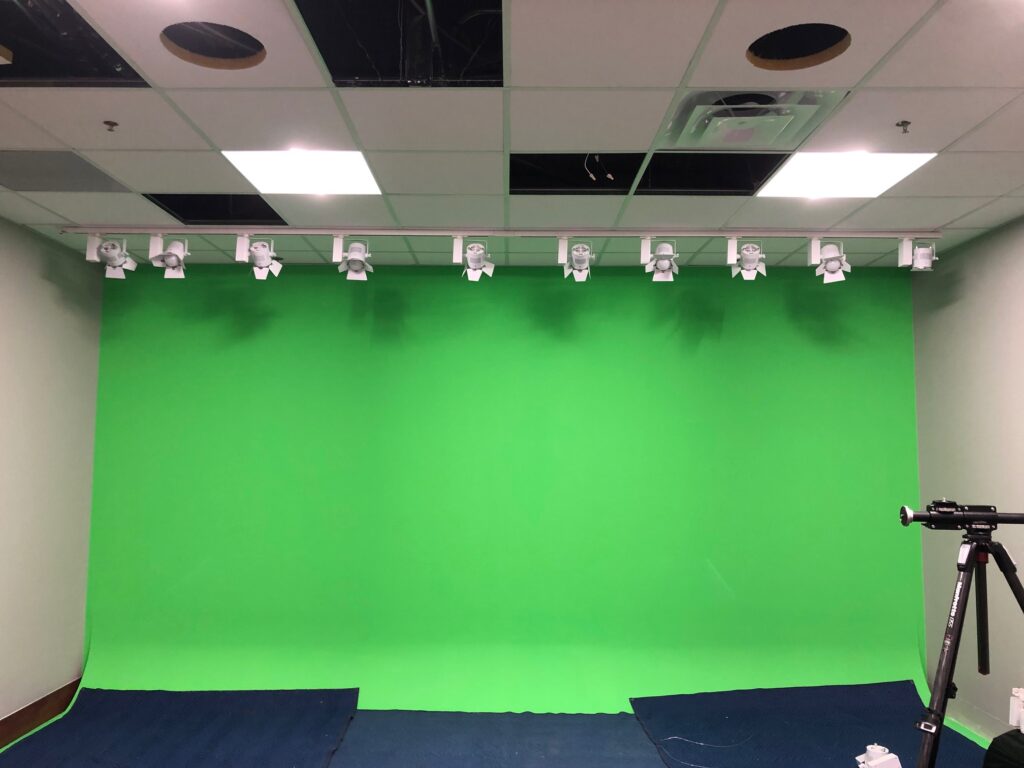
Enter the Fiilex Track lighting system. This innovative solution turned the studio’s constraints into opportunities. By using just two runs of track, Fiilex Track provided ideal lighting conditions for both the talents and the green screen. This was a game-changer. It demonstrated that with thoughtful design and cutting-edge technology, even a standard classroom could be transformed into a broadcast-ready environment.
The removable accessories, such as soft boxes, were particularly beneficial. They allowed for a dynamic adjustment of lighting—softer, more diffused light for talents, and more direct, even light for the green screen. This adaptability was key in a multifunctional space like a university studio, where various productions could require different lighting setups.
Aesthetics and Functionality Combined
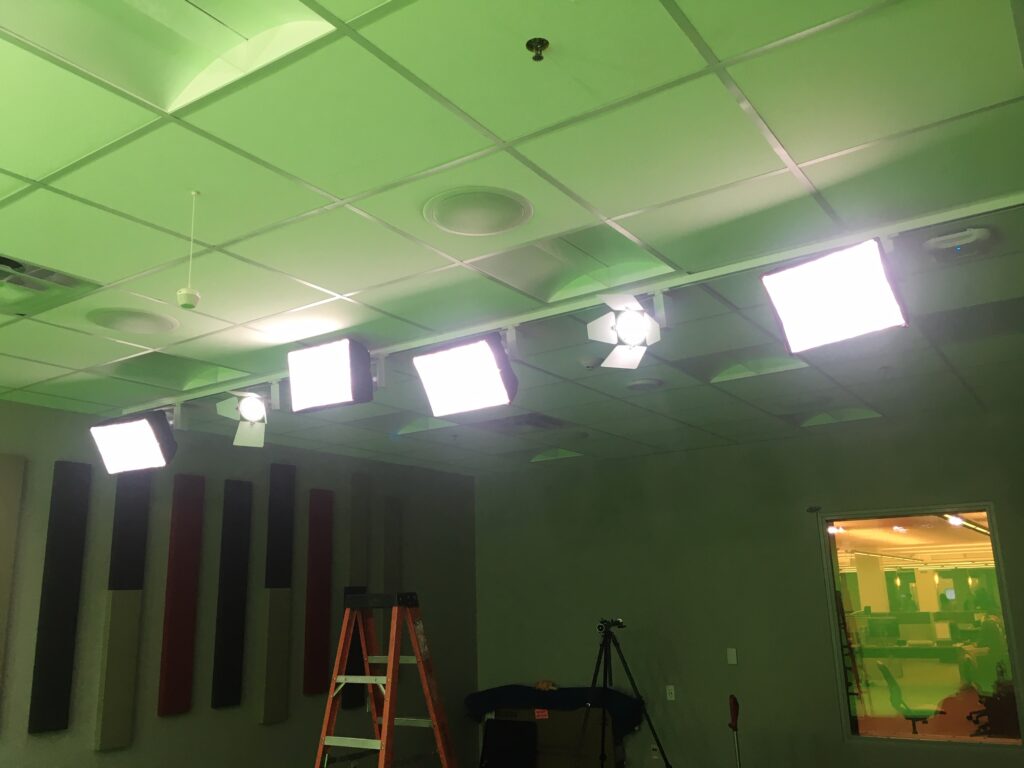
Aesthetically, the Fiilex Track system was a standout. Its white finish fixtures seamlessly blended with the ceiling, minimizing visual distractions—a crucial factor in maintaining the professional look and feel of the studio. Furthermore, the inclusion of barn doors on the fixtures was a masterstroke in controlling light spill. This feature enabled precise lighting, focusing on individuals or specific areas, thereby maximizing the limited space.
A Model for Future Studios
The UNLV Studio, with its Fiilex Track system, stands as a testament to the possibilities of modern broadcast technology in educational environments. It shows that with innovative thinking and the right tools, limitations like space and existing infrastructure can be transformed into assets. This case study should serve as an inspiration and a model for other universities looking to create or upgrade their broadcast studios.
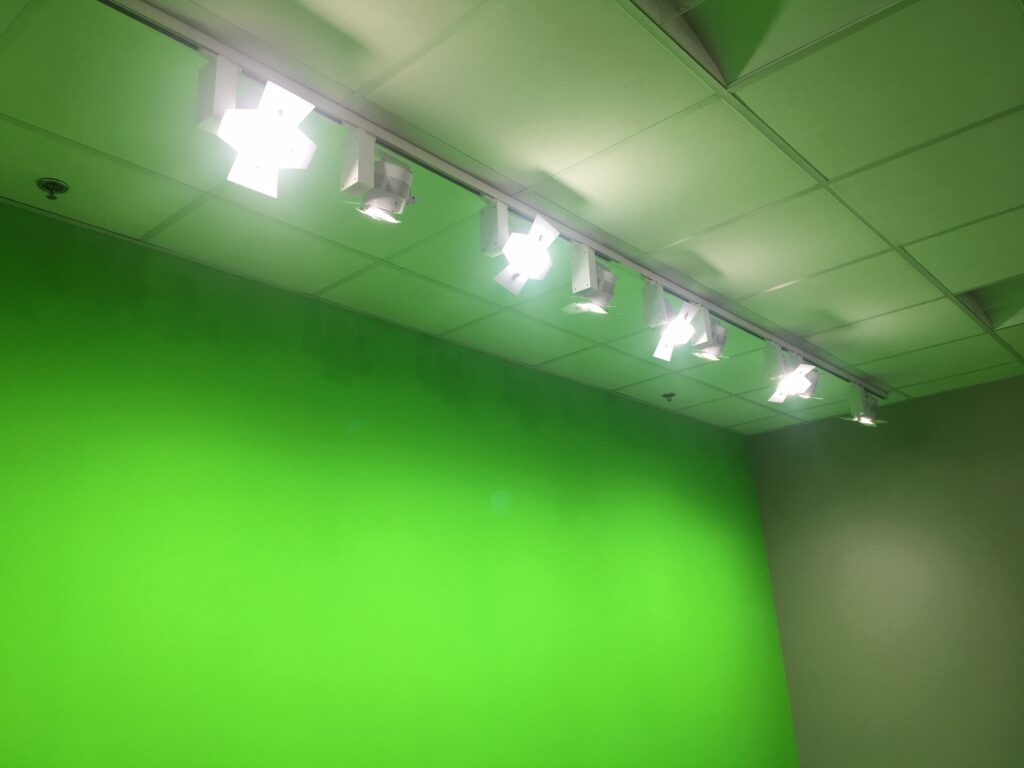
In conclusion, the transformation of the UNLV Studio highlights a significant leap in broadcast technology application within an educational setting. It underscores the importance of adaptability, aesthetic integration, and precision in lighting—a trifecta that the Fiilex Track system delivers with aplomb. As we move forward, this example will undoubtedly influence the design and functionality of future educational broadcast studios, ensuring that even the most challenging spaces can become hubs of creative and technical excellence.
In a nutshell, the University of Nevada Las Vegas (UNLV) Studio, a standard university classroom, required a transformation into a broadcast studio.
This summary encapsulates the key aspects of the UNLV Studio’s transformation and the role of the Fiilex Track system in overcoming specific lighting challenges in a broadcast environment.





